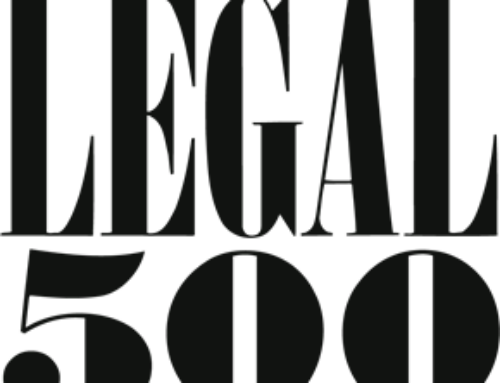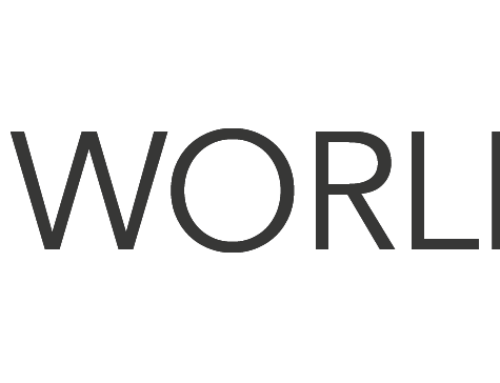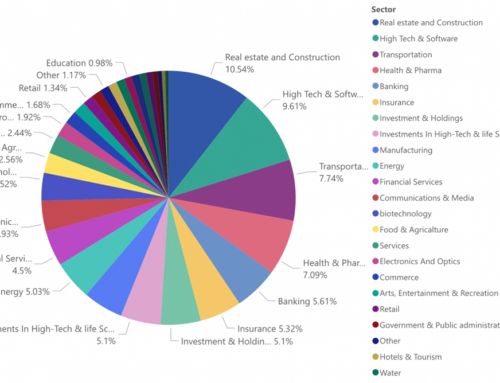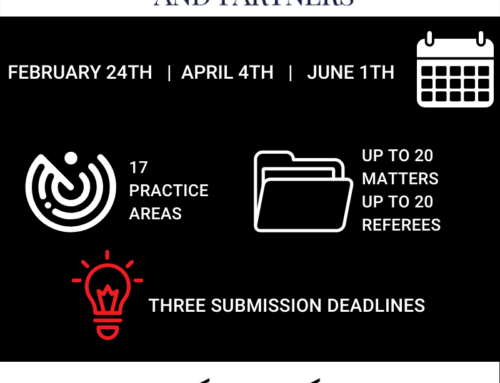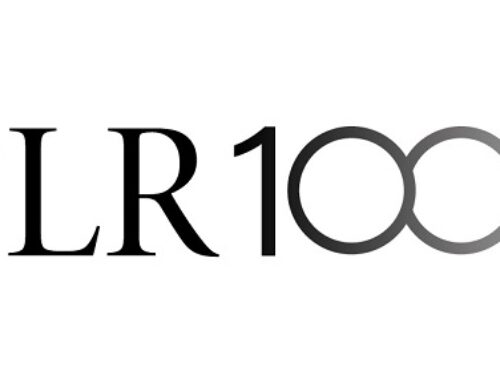While gender equality has been under the spotlight in recent years, despite some tentative steps forward, the legal industry has been slow to catch up. Increasingly, various global companies are paying close attention to law firms’ diversity and inclusion and are opting to work with those who mirror their businesses and share their values.
The legal directories – aimed at presenting the world’s best law firms to in-house counsel around the globe – have followed suit. For example, Chambers have added a new segment to their format: “Current or recent parental leave, significant childcare commitments or other part-time working arrangements.” This section was added to help firms explain why certain partners’ names weren’t listed in the submission, whether it was maternity leave or otherwise.
Legal 500 are asking law firms: What innovations has your practice” introduced to benefit your clients?” and includes diversity, while IFLR1000 have updated their formats as well to ask for information relating to diversity and inclusion (including but not limited to age, gender, disability, race and ethnicity, sexuality, and social class) within a given practice or the firm.
The statistics are improving but still disappointing. For example, Legal 500 Germany saw women account for only 63 of 437 ranked lawyers, or 13% of Germany’s best lawyers. As for the UK Bar guide, only 26% of lawyers ranked in the 2021 guide are female, a 2% increase from last year, and only a 4% increase from 2016. Though it does indicate there is progress, it is lower than expected.
Firstly, firms should take a thorough look at their values, behavior and culture. When the number of female lawyers holding senior positions increases, it is likely to increase gender equality in the firm and ultimately make the firm significantly more inclusive. Meanwhile, there are several actions firms can and should take to increase diversity and inclusion, such as making workdays more flexible, which will make childcare and other responsibilities easier for parents and allow them to pursue their career to their full potential; highlighting barriers to gender equality through raising awareness to unconscious bias and using its seniors to encourage gender diversity; and increasing the talent pool, partly through working with various schools to encourage women to pursue careers across all legal disciplines.
Previously, firms may have shied away from indicating ethnic backgrounds or sexualities on forms, but diversity and inclusion are an important component today for the legal directories and demonstrate to the researcher that the firm is fully aware of the makeup of its own clients and how diversity breeds greater strength, depth and creativity within the firm itself.
Article authored by Amit Ben Barouch, submissions coordinator at Nishlis Legal Marketing and edited by Lee Saunders, Chief Content Editor.
